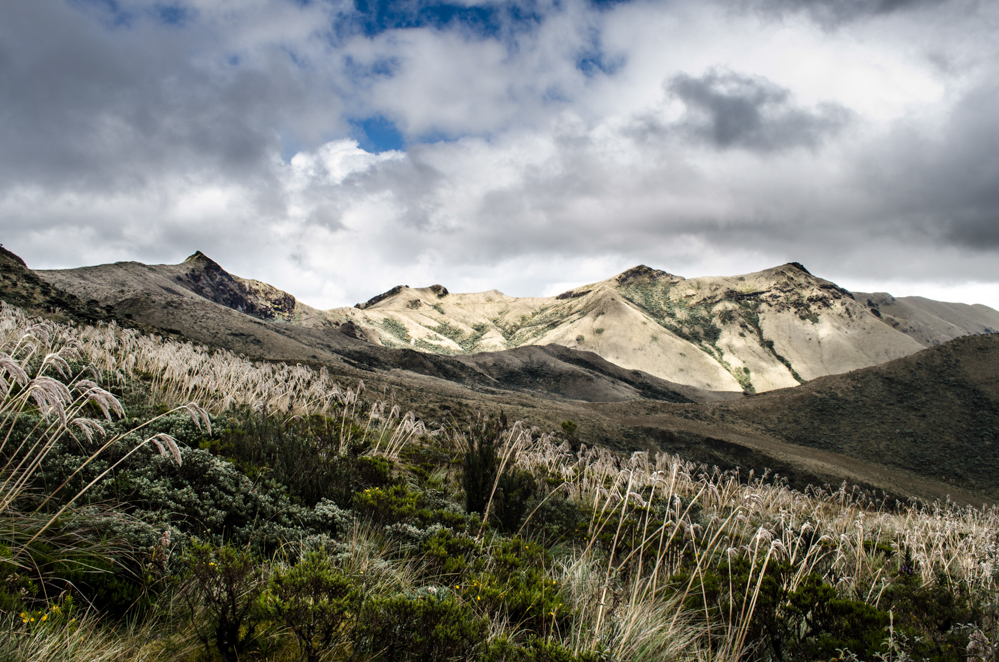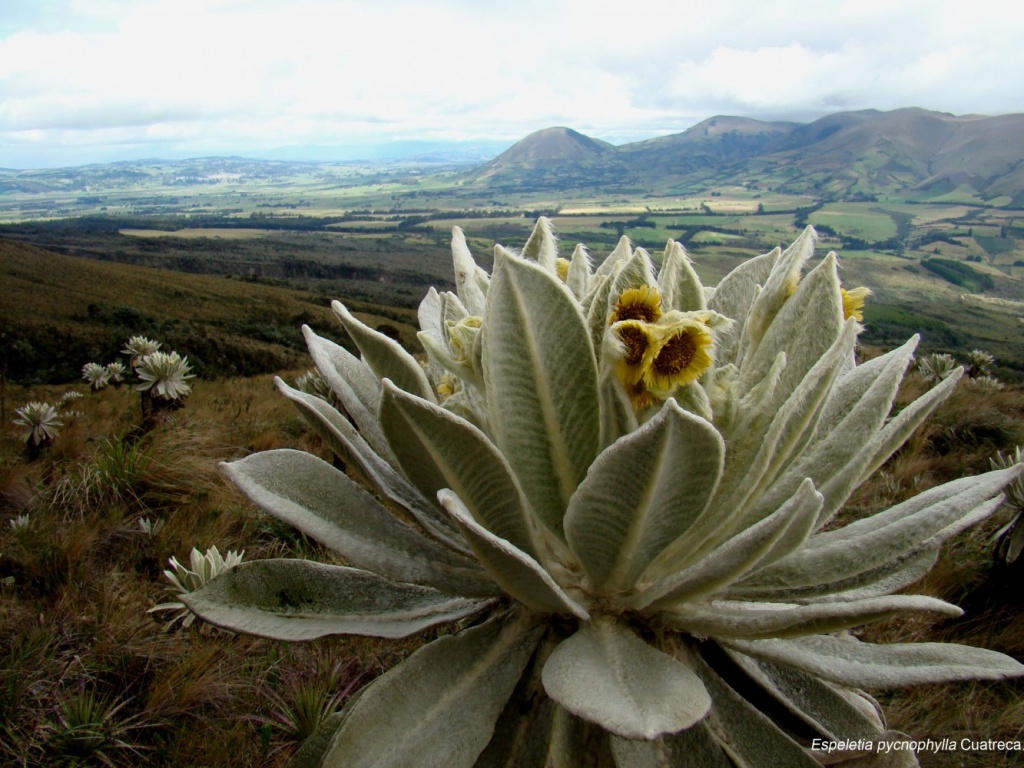Volcán Azufral Natural Park: Protecting Colombia’s Páramos
11/05/2018

Newly established Volcán Azufral Natural Park protects one of Colombia’s most critical ecosystems and water for 97,000 people
Standing 4,000 meters high inside the foothills of the Andes, Volcán Azufral is a stratovolcano located in southern Colombia. Though it is practically dwarfed by giant volcanoes in neighboring Ecuador, Volcán Azufral’s crater holds something spectacular – a rare lake of turquoise, sulfurous waters. Moreover, it’s surrounded by thousands of acres of páramo grasslands and charismatic species such as the spectacled bear.
Yet the ecosystem and species associated with the area face imminent threats, including deforestation, agricultural and livestock expansion, inadequate agricultural practices and a general lack of knowledge and environmental awareness.
With Nature and Culture’s support, CorpoNariño, one of Colombia’s regional environmental authorities, established Volcán Azufral Natural Park last week, protecting Volcán Azufral and 18,600 acres of páramo grasslands. It is the third protected area created by CorpoNariño and Nature and Culture in southern Colombia.
 Volcán Azufral Natural Park is located in the department of Nariño in southern Colombia.
Volcán Azufral Natural Park is located in the department of Nariño in southern Colombia.
The park’s páramo grasslands will secure clean water for 97,000 people from the Tuquerres and Mallama municipalities, including Pastos indigenous communities. Sometimes referred to as “water factories,” páramos act like sponges, absorbing rain and moisture from the air. They are essential for providing clean, abundant water for surrounding communities. In fact, researchers have estimated that 40 million people depend directly on Andean páramos for their water resources.
Volcán Azufral Natural Park will protect hundreds of plants and animals inhabiting the páramo, including the endemic frailejones plant, endangered lightbulb lizard (Riama columbiana) and threatened black-thighed puffleg (Eriocnemis derbyi). The reserve establishes critical habitat connectivity that is essential for the long-term survival of far-ranging and charismatic species such as the threatened spectacled bear and pudú. Additionally, many of the plants found in the area have great medicinal value, including the páramo plantain (Plantago ecuadorensis) and the black nettle (Urtica longispica).
 Volcán Azufral Natural Park protects 13 threatened plant species.
Volcán Azufral Natural Park protects 13 threatened plant species.
Volcán Azufral also has a large potential for eco-tourism. Though a number of tourists currently visit the crater for its dazzling waters, improved programs and management will increase tourism in a sustainable way. An increase in eco-tourism will boost local economies and provide new employment opportunities for communities.
 Community member in front of Laguna Verde lake.
Community member in front of Laguna Verde lake.
CorpoNariño established Volcán Azufral Natural Park with Nature and Culture and the Humboldt Institute’s financial and technical support. The reserve is part of a large corridor extending from the southern Andes of Colombia to northern Ecuador. Thanks to our dedicated donors, we are continuing to work with CorpoNariño to establish multiple protected areas along this corridor.
Click here to learn about Colombia’s Páramo Ovejas Tauso Regional Natural Park established earlier this year!


